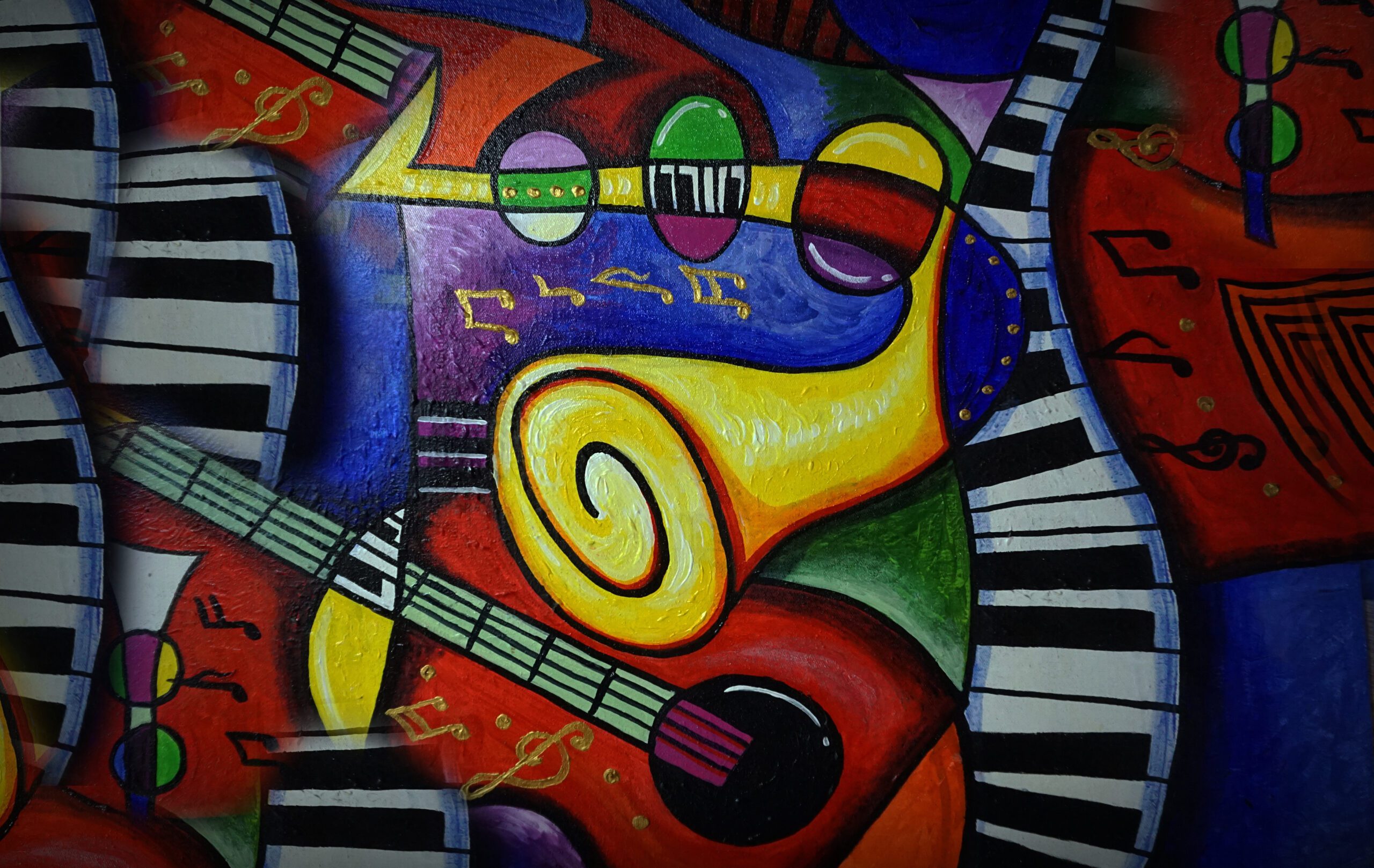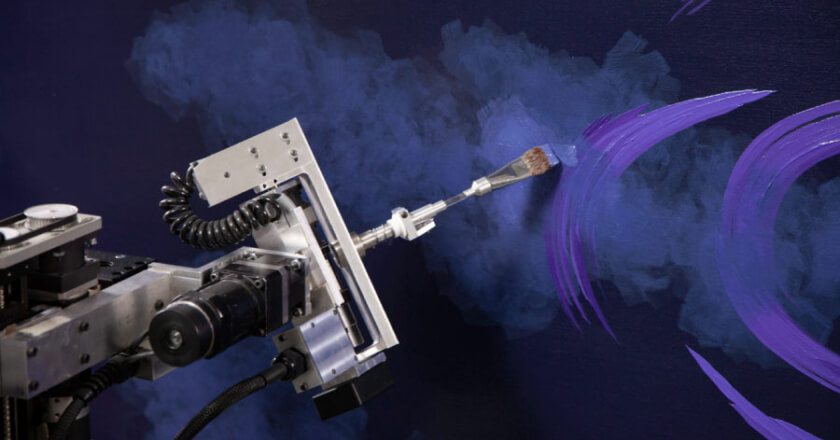Get Inspired
Build the life you love. Learn more about fusioneering:

Posted on May 16, 2024 in Art History
Fractured planes, distorted anatomy, geometric explosions — it all sounds chaotic, but really, these are some of the hallmarks of the most influential art movement in the early 20th century. A radical departure from traditional representation in art and a reinvention of form: Cubism. But what exactly is this avant-garde style, and why did it take the art world by storm?
Let’s shift perspective and see the world through a cubist lens.
Related: Another Shift in Perspective: Art Seen Through the “Eyes” of a Painting Robot
Cubism is a powerful modern art movement that emerged in the early 20th century, characterized by its revolutionary approach to representation and form in painting and sculpture. At its core, Cubism seeks to depict objects from multiple viewpoints simultaneously, challenging traditional notions of perspective and depth. Cameras show us one side of things — but art doesn’t have to carry this limitation. Inspired by African and Iberian art, as well as the works of Paul Cézanne, Cubist artists sought to explore the essence of form and space by breaking down objects into geometric shapes and planes, highlighting the two-dimensional nature of the canvas while simultaneously exploring three-dimensional reality — and transcending both.
More Art: What is Surrealism, and Why is It Important?
The invention of Cubism is widely credited to Pablo Picasso and Georges Braque, two visionary artists who embarked on a collaborative journey to redefine the possibilities of artistic expression. In the early 1900s, Picasso and Braque found themselves drawn to the works of French Impressionist Paul Cézanne (one of the most influential painters of all time), whose explorations of structure and different points of view laid the groundwork for the Cubist movement. Inspired by Cézanne’s emphasis on geometric shapes and his departure from traditional perspective, Picasso and Braque began to experiment with new ways of representing reality. Picasso was additionally captivated by African tribal masks, which represented human faces in recognizable, but exaggerated, forms.
As cubism artists Picasso and Braque delved deeper into their exploration of form, they developed a groundbreaking artistic language characterized by the fragmentation of objects and the reassembly of their constituent parts. In Cubist artworks, objects are depicted from multiple angles simultaneously, creating a complex and multifaceted representation of reality. This fragmentation of form shattered the illusion of perspective and depth that had dominated European art for centuries, ushering in a new era of artistic experimentation and innovation.
Related: More Rebels in the Art World — Impressionism
The impact of Cubism extended far beyond painting, influencing a wide range of creative disciplines. In music, the principles of Cubism found resonance in the compositions of avant-garde composers like Igor Stravinsky, whose groundbreaking works such as The Rite of Spring embraced dissonance, polyrhythms, and fragmented structures reminiscent of Cubist art.
Similarly, in literature, writers such as Gertrude Stein and James Joyce experimented with fragmented narratives and stream-of-consciousness techniques, echoing the fractured perspectives and multiple viewpoints inherent in Cubist artworks. In architecture, the influence of Cubism manifested in the geometric forms, dynamic spatial arrangements, and asymmetrical compositions of avant-garde buildings. Architects like Le Corbusier and Frank Lloyd Wright drew inspiration from Cubist principles, incorporating elements such as overlapping planes, fractured facades, and asymmetrical layouts into their designs.
This fusion of artistic disciplines resulted in a vibrant cross-pollination of ideas and a rich tapestry of innovation that continues to echo across the cultural landscape.
Cubism reshaped the artistic scene (literally) and stands as a testament to the power of artistic innovation and creative exploration. By challenging established norms and pushing the boundaries of expression, Cubist artists like Pablo Picasso and Georges Braque revolutionized European art and inspired generations of creators worldwide to think boldly and embrace experimentation.
How can you reinvent what’s in front of you? What new perspectives can you discover through innovation? Watch the short film, Brushstroke, for more inspiration, and be sure to join the conversation with The Kirby Foundation on Instagram, Facebook, and Pinterest!
Are you interested in hearing the complete story of Paul and Dulcinea? Watch the video (nominated for Best Short Film at the 2021 Vail and Portland Film Festivals) for more info.
Want to be the first to know about every exciting new project at the Kirby Foundation?
Join Our Mailing ListBuild the life you love. Learn more about fusioneering:
Why pick which passion you should follow? Fusioneering allows you to cultivate many interests into something innovative and revolutionary.

Meet Paul and explore how blending your interests can empower you to follow your enthusiasm and bring your passions to life.